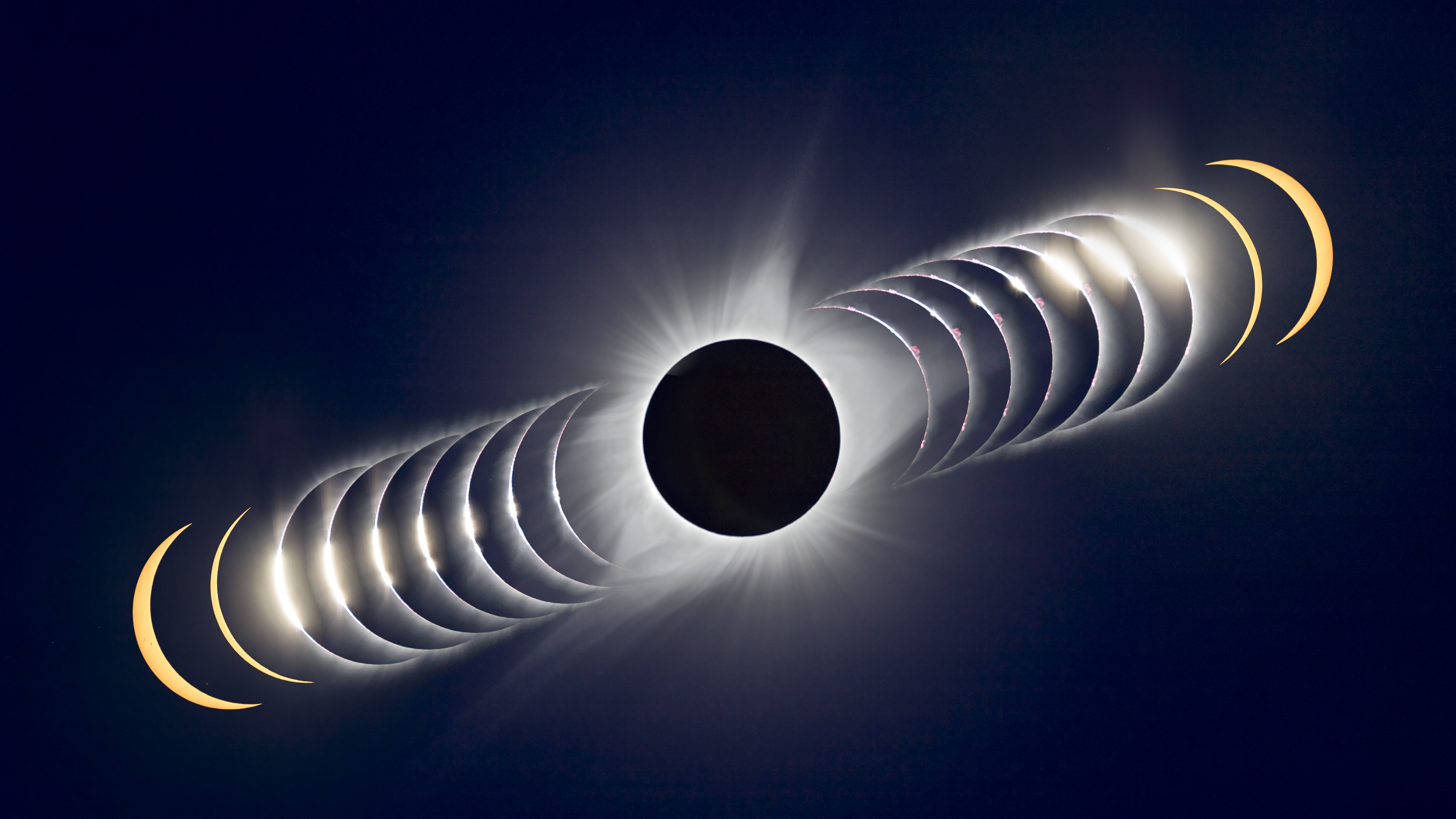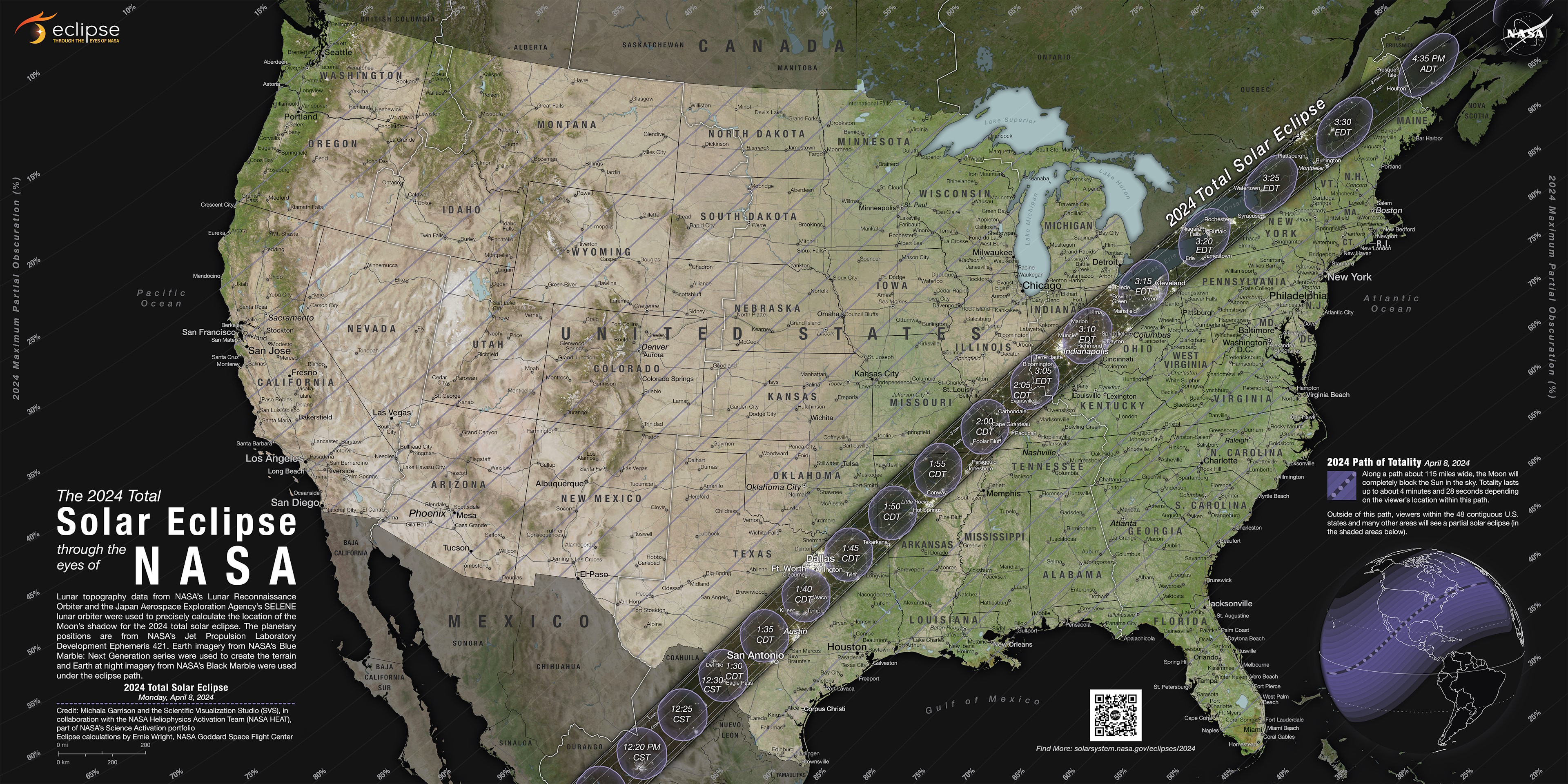
There's a big eclipse coming on April 8—you may have heard something about it already—and if you'd like to watch but don't happen to live in an area where it's going to be properly visible, NASA and Twitch have you covered. And not just with an eclipse livestream: They've partnered with Epic Games, Microsoft, and the National Esports Association for a "Look Up!" event that will feature streamers playing eclipsed-themed games in Minecraft and Fortnite.
The Minecraft game mode, called Look Up!, will feature "educational elements" as players solve puzzles and answer eclipse-themed questions as they attempt to escape the moon and get to Earth before the eclipse happens—it's probably not as cool to watch on the moon, after all. In Fortnite, players will "venture through different areas that can be accessed by moving through different parts of the eclipse’s path of totality." The gameplay streams will appear alongside live footage of the eclipse provided by NASA "in a lively co-stream."
Catching it on stream may not be the ideal way to watch such a rare event—you can watch eclipse videos anytime, really—but as NASA explains, totality is only visible within a relatively narrow band running across North America. Outside that band, you'll see a partial eclipse, with the sun less obscured the further out you are. For people on the West Coast, it might get a little shady, while folks in Europe and Asia get nothing because it's going to be dark there anyway.
I happen to live along the path of totality, so I will be outside for the event (something I should probably tell my bosses about at some point), but even so I think this is a very cool offering for people who aren't so fortunate, and tying it in with two of the most popular games on the planet is a smart way to attract people to the event.

One thing to note for those who plan to watch the event directly: Looking up during an eclipse is actually something you definitely should not do unless you have eclipse glasses or a solar viewer. You can also opt for an indirect viewing method, such as a pinhole projector. And you really, really do not want to look at the sun through a camera, binoculars, or a telescope—doing so will cause near-instant damage to your eyes. NASA has a good rundown on how to view the eclipse safely.
The Look Up! livestream will be available on the NEA's Twitch channel, and will run from 2-4 pm ET on April 8.







